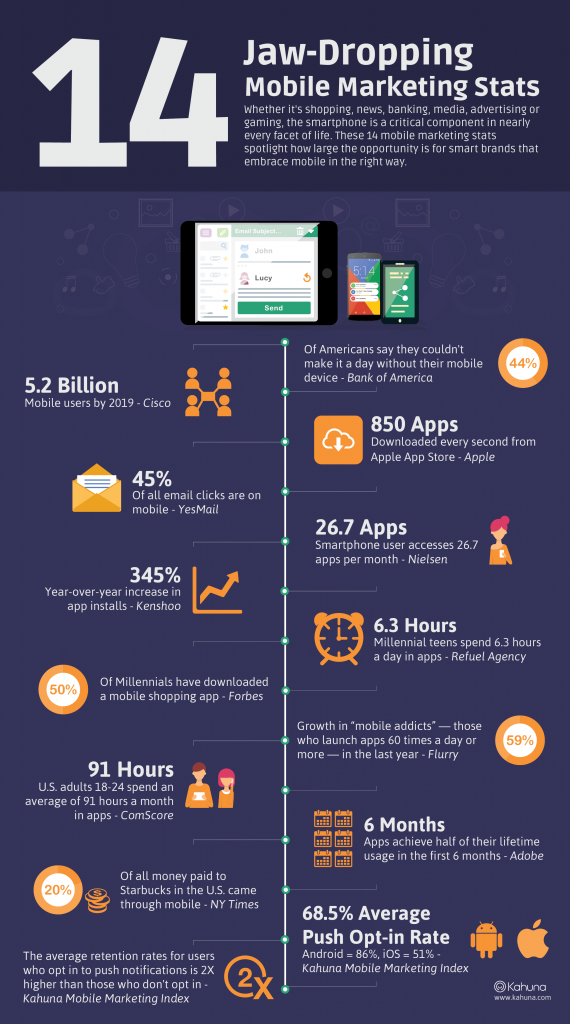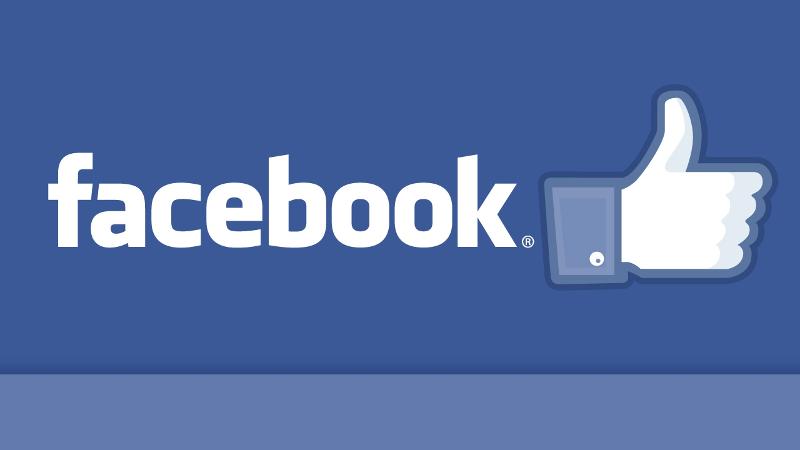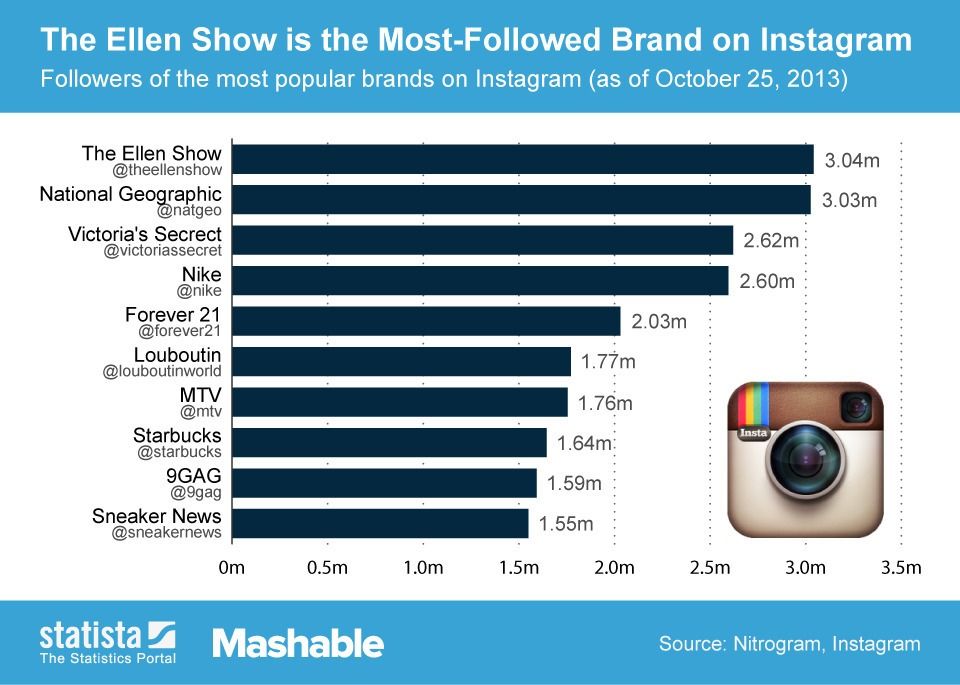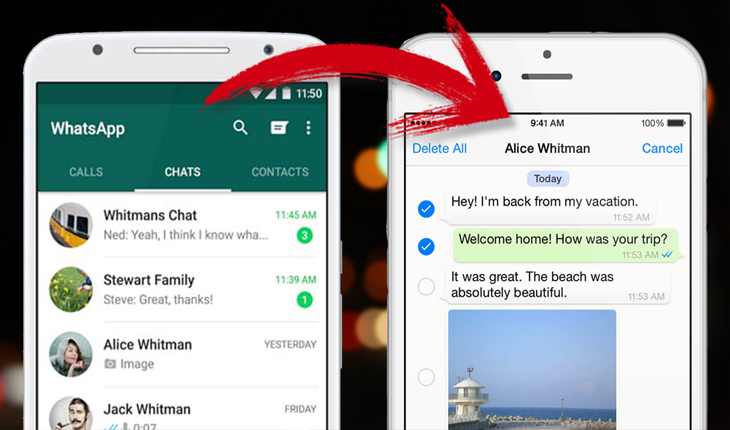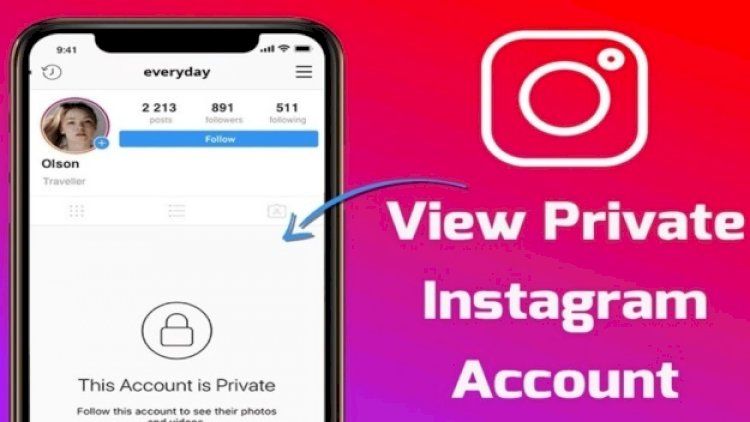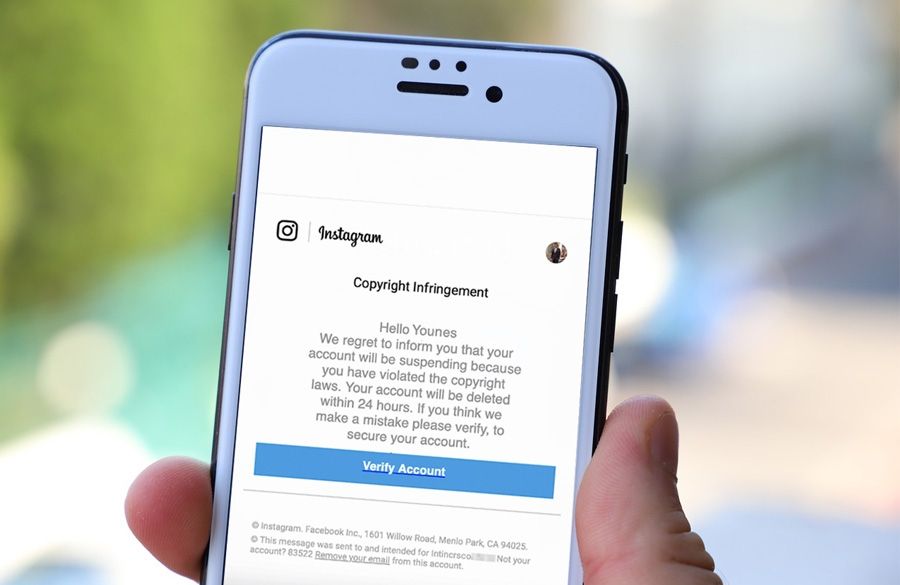How large is facebook
How Many People Use Facebook In 2022?
Facebook is the largest social media platform online, both the time on the platform and its daily active user base has grown year-over-year since its humble beginnings in a Harvard dorm room.
So, how many people are on Facebook right now in 2022?
On this page, you’re about to see the latest statistical data on just how huge the most famous social network really is.
- Confusion: Facebook’s Family & Platform User Count
- The Number of Facebook Platform User Accounts
- Facebook Family Product Metrics
- Facebook User Growth Rate History
- How Many Facebook Accounts Are Fake?
- Most Facebook Users By Country
- Most Used Social Media Platforms Worldwide
- Facebook Mobile Vs. Desktop Usage Statistics
- Popular Facebook User Demographics
- Average Time Spent On Facebook Per Day
- What Are The Highest Traffic Times On Facebook?
- How Many Employees Does Facebook Have?
Being the largest of all the social networks, Facebook has a constant evolution of the demographics, algorithms, tools, and usage trends, it’s essential to stay on top of the statistics!
Here are the killer Facebook stats from this roundup:
Key Facebook Statistics
- DAUs – Facebook daily active users: Right now, 1.
9 billion daily users access Facebook’s platform, a 6.89% increase year-over-year
- MAUs – Facebook monthly active users: Right now, 2.9 billion monthly users access Facebook’s platform, a 7.18% increase year-over-year
- Facebook reported that it removed 1.7 billion fake accounts in Q2 2021 alone
- India has the most Facebook users with over 260 million, followed by the US (180 million), Indonesia (130 million), Brazil (120 million), and Mexico (84 million)
- Facebook is the largest social media platform globally at 2.85 billion monthly active users worldwide, followed by YouTube (2.3 billion), and WhatsApp, Facebook Messenger, WeChat, Instagram, all bringing in over a billion users
- Highest traffic time on Facebook is Wednesday at 9 am and 1 pm, posting then will typically get the most engagement
- 60.42% of the world’s active internet users access Facebook monthly, and 73.
 13% access ‘Family’ owned services (FB, Messenger, Instagram, and WhatsApp) every month
13% access ‘Family’ owned services (FB, Messenger, Instagram, and WhatsApp) every month - DAPs – Facebook ‘Family’ daily active people: Right now, 2.76 billion daily people access Facebook-owned services (FB, Messenger, Instagram, WhatsApp), an 11.74% increase year-over-year
- MAPs – Facebook ‘Family’ monthly active people: Right now, 3.51 billion people access Facebook-owned services (FB, Messenger, Instagram, WhatsApp) on a monthly basis, a 11.78% increase year-over-year
- Facebook’s family product’s user base is equal to the current population of Africa, Europe, North, and South America combined
- Facebook currently has 63,404 full-time employees, a 30.4% increase year-over-year, hugely up from its founder Mark in his Harvard dorm in 2003
Facebook’s Family & Platform User Count
Let’s kick things off with a simple breakdown of the misinformation online surrounding the platform’s daily and monthly user figures.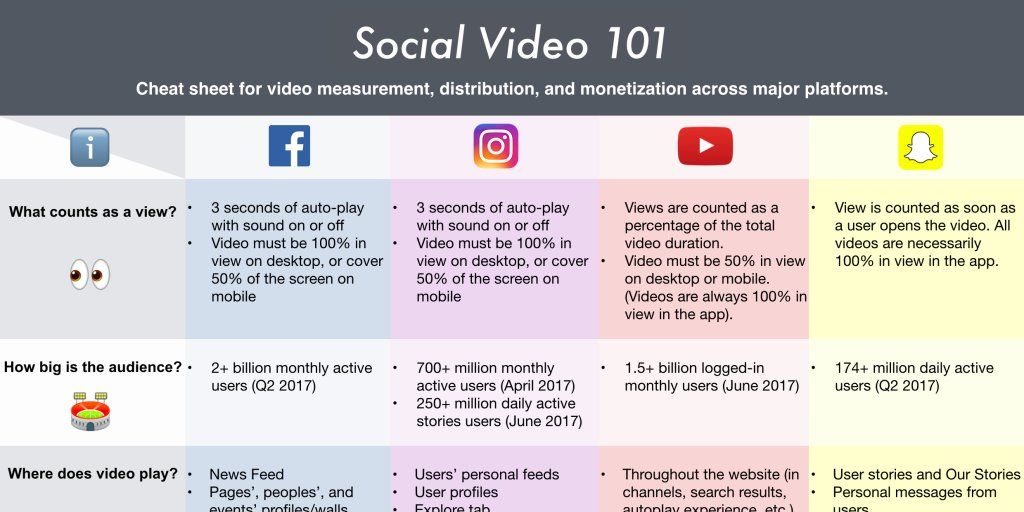
Every quarter Facebook releases their investor reports where they break down how many users are on Facebook into two categories, these often get mixed up when quoted:
- Facebook daily/monthly active users: The number of daily or monthly active users on Facebook as a website and app
- Family daily/monthly active people: The number of daily or monthly active people on Facebook ‘family’ owned services, such as Facebook, Messenger, WhatsApp, and Instagram
We’ll start with Facebook as a platform only:
The Number of Facebook Platform User Accounts
Next up, we’ll look at the current number of Facebook users using investor data on daily and monthly active accounts accessed via the website or a mobile device app.
To be clear, this does NOT include “Family” products like Messenger, WhatsApp, and Instagram.
How Many People Use Facebook?
According to Facebook’s most recent investor’s report, Facebook currently has 2. 895 billion monthly active users (MAUs).
895 billion monthly active users (MAUs).
Furthermore, the number of Facebook’s daily active users (DAUs) currently stands at 1.908 billion people, meaning 65.9% of the total monthly users log in on a mobile device or desktop each day.
Now let’s look at the current daily and monthly user base in a little more detail:
Number of Facebook Monthly Active Users
Official Monthly active users (MAUs) definition: Monthly active users or MAUs is defined as a registered and logged-in user to Facebook who visits the site through a mobile device application or web browser in the last 30 days as of the date of measurement.
Key Statistics:
- Facebook currently has 2.9 billion monthly active users (MAUs)
- Last quarter’s investors’ report shows a 7.18% increase in MAUs year-over-year
- 65.9% of the monthly users will log in daily on mobile devices or desktop
- 60.42% of the world’s active internet users access Facebook every month
- 36.
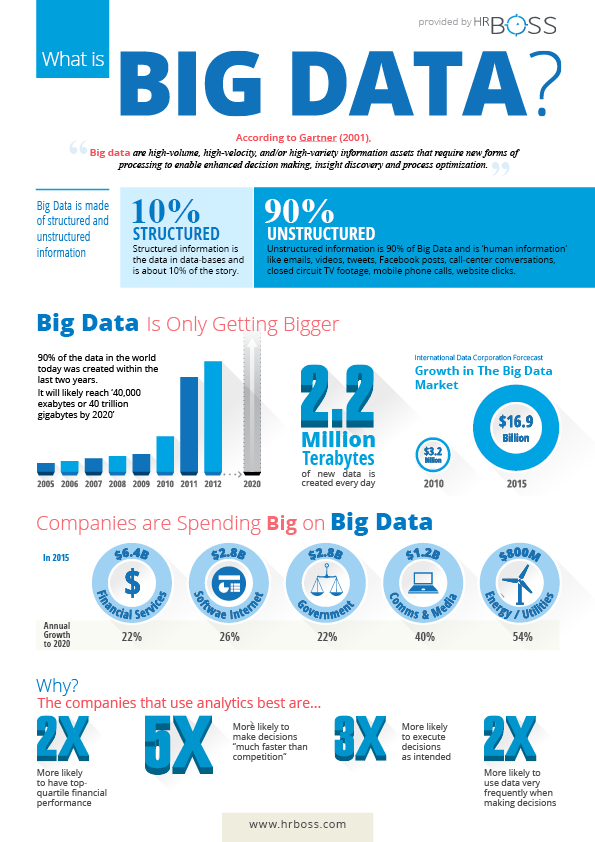 7% of the world’s total population uses Facebook every month
7% of the world’s total population uses Facebook every month - If we put the number of people that use Facebook into continents, it would surpass the total population of Africa, Europe, and North America combined
- 98.5% of user accounts access the platform via mobile phone
Sources: (Statista) (Facebook) (Worldometers) (Statista) (Statista)
Number of Facebook Daily Active Users
Official Daily active users (DAUs) definition: Daily active users or DAUs is defined as a registered and logged-in user to Facebook who visits the site through a mobile device application or web browser on any given day.
Key Statistics:
- Facebook currently has 1.908 billion daily active users (DAUs) on average
- Last quarter’s investors’ report shows a 6.89% DAUs increase year-over-year
- 65.9% of the monthly users will log in daily on mobile devices or desktop
- 39.58% of the world’s active internet users access Facebook daily
- 24.
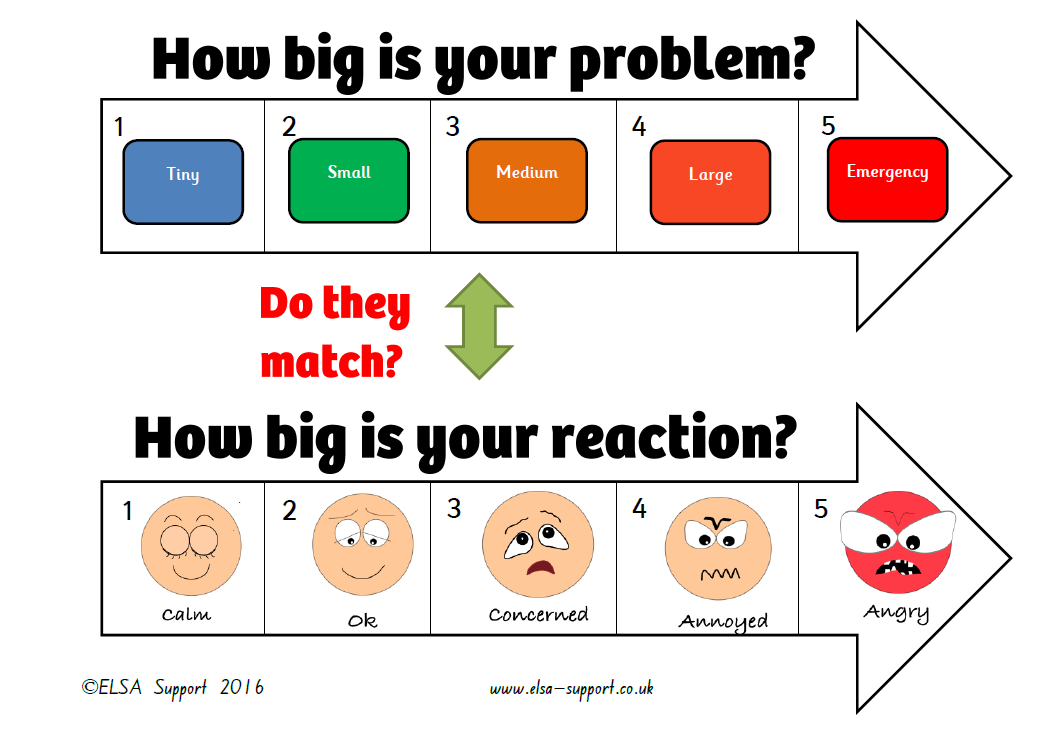 05% of the world’s total population use Facebook daily
05% of the world’s total population use Facebook daily - 98.5% of user accounts access the platform via mobile phone
Sources: (Statista) (Statista) (Worldometers) (Facebook) (Statista) (Statista)
Facebook Family Product Metrics
Next up, we’ll dive into the number of Facebook users by daily or monthly active people on ‘family’ owned products as a whole such as:
- Messenger
These figures include interaction on both mobile device applications and web browsers and will show us exactly how many people are on Facebook’s network of family sites.
How Many People Use Facebook’s Family of Products?
According to the latest Q2 2021 investor report, the current global number of people using Facebook services is 3.51 billion monthly active people (MAPs). On average, 78.63% of these users are daily active people (DAPs). That means 2.76 billion people log in daily to one of Facebook’s family-owned services, which include WhatsApp, Messenger, and Instagram.
Now let’s look at the current daily and monthly user base in a little more detail:
Facebook ‘Family’ Product Monthly Active People
Official Monthly active people (MAPs) definition: “Monthly active people are defined as a registered and logged-in user of one or more of Facebook’s Family products who visited at least one of these products through a mobile device application or web browser in the last 30 days as of the date of measurement.”
Key Statistics:
- In total, 3.51 billion monthly active people (MAPs) access Facebook-owned products including Instagram, WhatsApp, and Messenger
- Facebook, as a stand-alone platform, gets 2.90 billion monthly active users, of which may have accounts on other family products
- WhatsApp as a stand-alone platform gets 2.00 billion monthly active users, of which may have accounts on other family products
- Instagram, as a stand-alone platform, gets more than 1.07 billion monthly active users, of which may have accounts on other family products
- Last quarter’s investors’ report shows an 11.
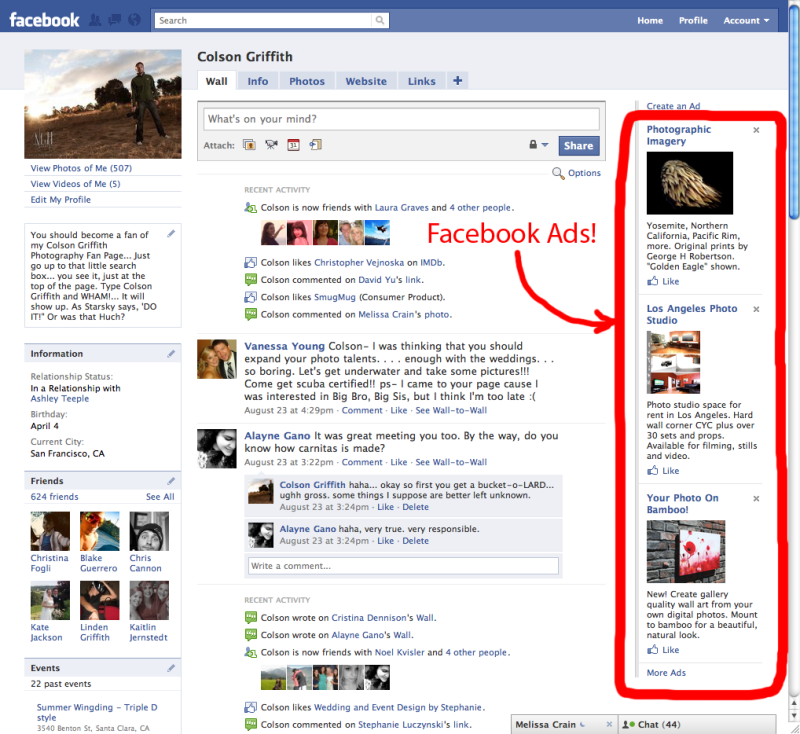 78% increase in monthly active people year-over-year
78% increase in monthly active people year-over-year - 78.63% of the monthly people will log in daily to one of these family-owned services
- 73.13% of the world’s active internet users access Facebook-owned services monthly
- 44.43% of the world’s total population use Facebook-owned services monthly
- If we put the number of people that use Facebook’s Family of products into continents, it would exceed the total population of Africa, Europe, North and South America combined
Sources: (Statista) (Facebook) (Worldometers) (Statista) (Statista) (Statista)
Facebook ‘Family’ Product Daily Active People
Official Daily active people (DAPs) definition: “Daily active people are defined as a registered and logged-in user of one or more of Facebook’s Family products who visited at least one of these products through a mobile device application or web browser on a given day.”
Key Statistics:
- In total, 2.
 76 billion daily active people (DAPs) access Facebook-owned products including Instagram, WhatsApp, and Messenger
76 billion daily active people (DAPs) access Facebook-owned products including Instagram, WhatsApp, and Messenger - Facebook, as a stand-alone platform, gets 1.9 billion daily active users, which may have accounts on other family products
- WhatsApp, as a stand-alone platform, gets 500 million daily active users, which may have accounts on other family products
- Instagram, as a stand-alone platform, gets 500 million daily active users, which may have accounts on other family products
- Last quarter’s investors’ report shows an 11.74% increase in daily active people year-over-year
- 78.63% of the monthly people will log in daily to one of these family-owned services
- 57.5% of the world’s active internet users access Facebook-owned services daily
- 34.94% of the world’s total population use Facebook-owned services daily
Sources: (Statista) (Statista) (Facebook) (Worldometers)
Facebook User Growth Rate History
According to Brandwatch, Facebook adds over 500,000 new user accounts every day, which equals 6 new profiles every second.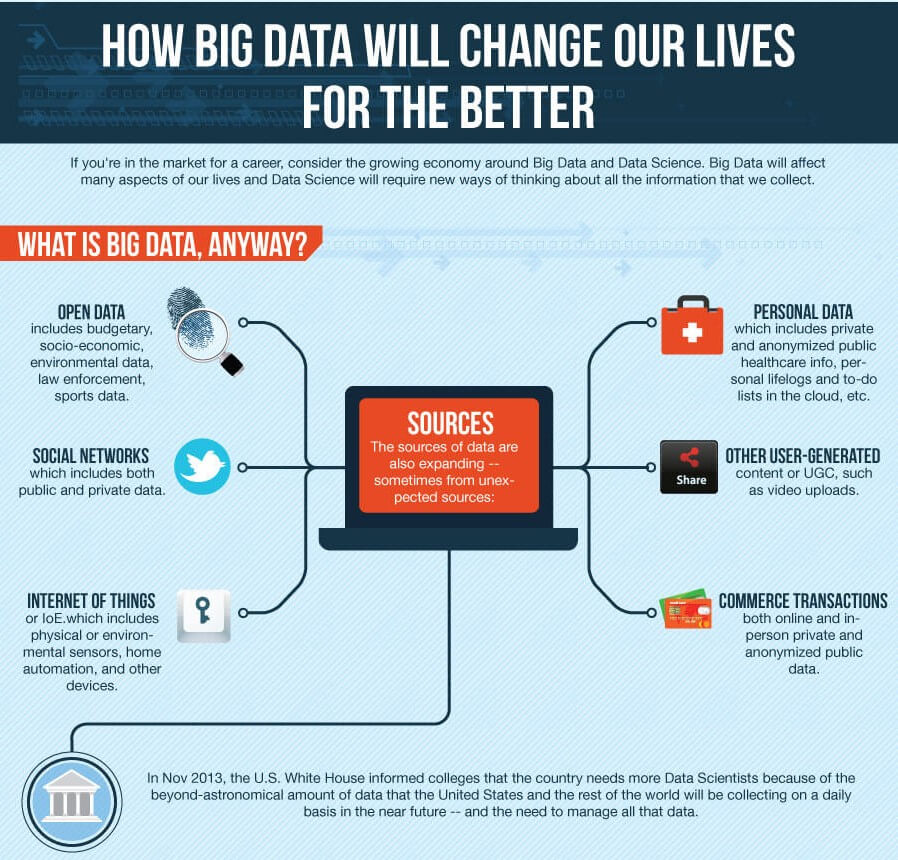 Additionally, Facebook’s current daily active user growth rate is around 7.8% year-over-year, down from 12.9% in 2018.
Additionally, Facebook’s current daily active user growth rate is around 7.8% year-over-year, down from 12.9% in 2018.
Facebook daily active user growth rate year-over-year
- Q2-2020 to Q2-2021: Facebook’s user growth rate (DAUs) was 11.7%
- Q1-2020 to Q1-2021: Facebook’s user growth rate (DAUs) was 15.3%
- Q1-2019 to Q1-2020: Facebook’s user growth rate (DAUs) was 11.0%
- Q1-2018 to Q1-2019: Facebook’s user growth rate (DAUs) was 7.8%
- Q1-2017 to Q1-2018: Facebook’s user growth rate (DAUs) was 12.9%
- Q1-2016 to Q1-2017: Facebook’s user growth rate (DAUs) was 17.8%
- Q1-2015 to Q1-2016: Facebook’s user growth rate (DAUs) was 16.5%
- Q1-2014 to Q1-2015: Facebook’s user growth rate (DAUs) was 16.7%
- Q1-2013 to Q1-2014: Facebook’s user growth rate (DAUs) was 22.4%
- Q1-2012 to Q1-2013: Facebook’s user growth rate (DAUs) was 24.5%
- Q1-2011 to Q1-2012: Facebook’s user growth rate (DAUs) was 41.
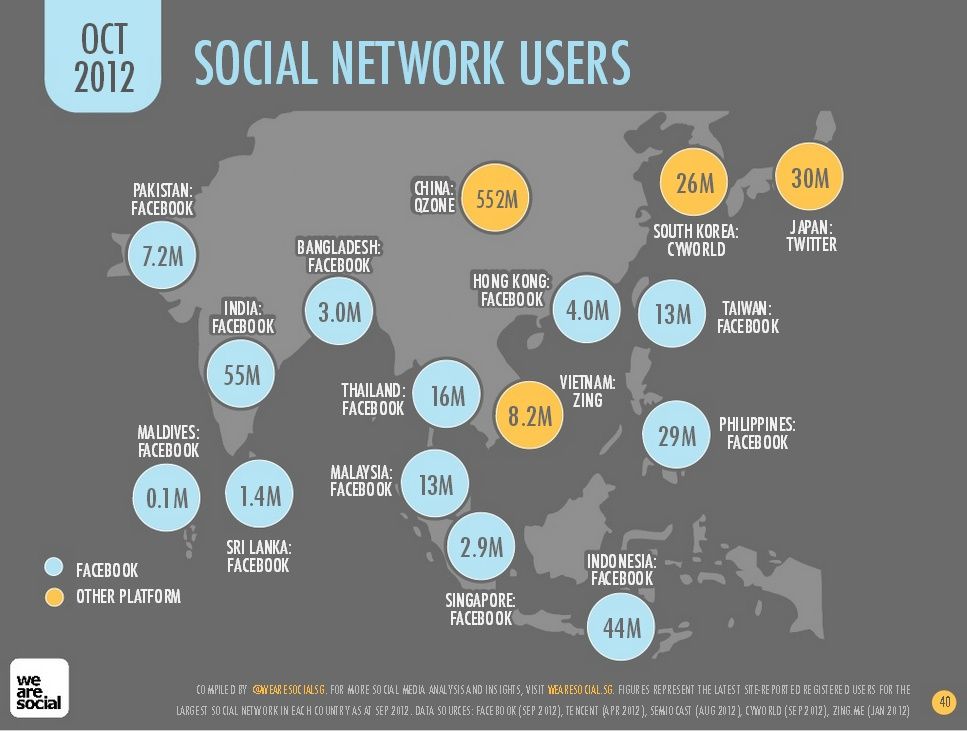 4%
4%
Sources: (Brandwatch) / (Statista) / (Facebook)
Just looking at numbers, it may look like Facebook is slowing down on its new user growth rate, but you have to consider its global size. After all, you would expect a social network with half the world’s internet users to gradually lose momentum, right?
Statista places the world’s internet users at 4.8 billion people, and Facebook has 2.9 billion monthly active users – and that’s not even counting their family services like WhatsApp, Messenger, and Instagram.
What is bad news for Facebook is the fact they see the most significant growth rates in Asia-Pacific and other territories where the company’s average revenue per user is $4.16.
If that same user growth were in the US and Canada, the average revenue would be $53.01 per user. In fact, North America and Europe generate 72.25% of the company’s revenue.
How Many Facebook Accounts Are Fake?
In 2020, out of its 2.7 billion monthly active users, Facebook estimates that 135 million (5%) are fake accounts, and the social network claims to take down 7. 7 million fake profiles a day.
7 million fake profiles a day.
Key Statistics:
- Facebook automatically blocks accounts before they get created, looking at IP addresses and signals of spammers
- Facebook scans for signs of malicious behavior and blocks as soon as they sign-up, looking for patterns using advanced detection systems
- Facebook estimated that 5% of its 2.7 billion monthly active users are fake at any one time
- Based on their estimate, the number of fake Facebook accounts is 135 million existing on its platform
- On average, the platform removes 7.7 million fake profiles on any given day
Sources: (Statista) (Statista)
The attention-grabbing part of this data comes from the advertising aspect.
Facebook sells many of us on their 2.9 billion users accessing the platform every month, which is over half the world’s total number of active internet users today.
But, how many of these users are actually bots and fake accounts?
The answer lies in how the Silicon Valley company defines these falsified accounts. Typically, these ‘fake accounts’ are classified as rule-breakers, for example, by bots, duplicate accounts, scammers, spammers, and less severe instances such as pages set up as profiles.
Typically, these ‘fake accounts’ are classified as rule-breakers, for example, by bots, duplicate accounts, scammers, spammers, and less severe instances such as pages set up as profiles.
Facebook itself admits their 5% estimate is questionable, as false accounts at this sort of scale are difficult to measure.
The critical point to realize as an advertiser here is that the majority of fake Facebook accounts are blocked at sign-up or removed as soon as they have signed up using advanced detection systems – which keep getting better!
Most Facebook Users By Country
According to the latest data, the country with the most Facebook users is India with over 340 million active users, followed by the US (200 million), Indonesia (140 million), Brazil (130 million), and Mexico (98 million).
With that, here’s a table that contains the full data:
| Country | Facebook users (MM) |
|---|---|
| India | 340 |
| United States | 200 |
| Indonesia | 140 |
| Brazil | 130 |
| Mexico | 98 |
| Philippines | 88 |
| Vietnam | 71 |
| Thailand | 54 |
| Egypt | 47 |
| Bangladesh | 46 |
| Pakistan | 45 |
| Colombia | 38 |
| United Kingdom | 38 |
| Turkey | 37 |
| France | 33 |
| Argentina | 31 |
| Italy | 31 |
| Nigeria | 31 |
| Germany | 28 |
| Peru | 27 |
As of 2021, Facebook is the largest social media platform globally with 2.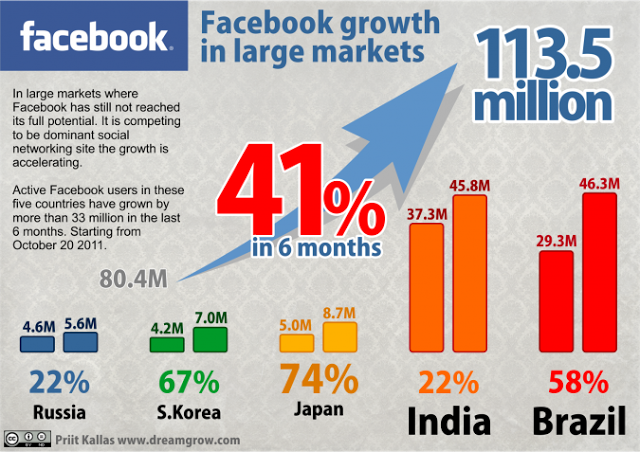 85 billion monthly active users worldwide.
85 billion monthly active users worldwide.
YouTube follows with 2.2 billion, with WhatsApp, Instagram, Facebook Messenger and WeChat, all having over a billion users.
| Network | Active users (MM) |
|---|---|
| 2853 | |
| YouTube | 2291 |
| 2000 | |
| 1386 | |
| FB Messenger | 1300 |
| 1242 | |
| TikTok | 732 |
| 606 | |
| Douyin | 600 |
| Telegram | 550 |
| Sina Weibo | 530 |
| Snapchat | 514 |
| Kuaishou | 481 |
| 478 | |
| 430 | |
| 397 | |
| Quora | 300 |
Facebook Mobile Vs.
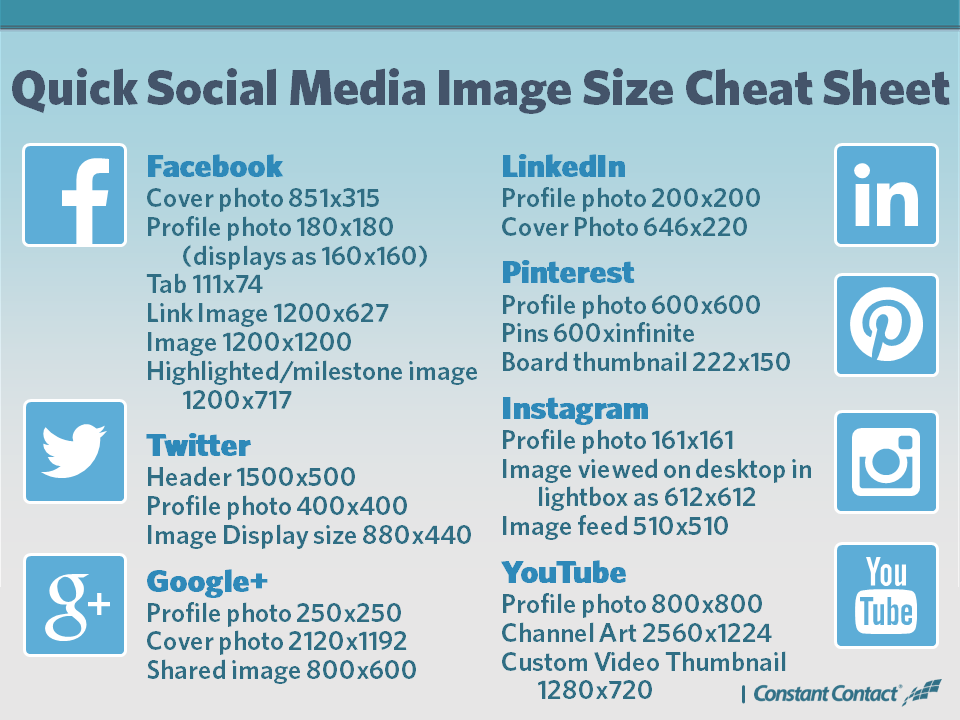 Desktop Usage Statistics
Desktop Usage StatisticsFacebook has 98.5% of its users accessing the website with a mobile device, and 81.5% of those users only use a phone to access the social network.
Users with both desktop and mobile are 16.7%, while desktop-only users are a mere 1.5%.
| Device | Share of users (%) |
|---|---|
| Via a mobile device | 98.5 |
| Only via mobile phone | 81.8 |
| Via phones and computers | 16.7 |
| Only via laptop or desktop | 1.5 |
Key Statistics
Out of its 2. 85 billion monthly active users:
85 billion monthly active users:
- 98.5% / 2.8 billion access Facebook through mobile devices like phones and tablets
- 81.8% / 2.33 billion access Facebook only through a mobile phone
- 16.7% / 476 million access Facebook through phones and computers
- 1.5% / 43 million access Facebook only through a laptop or desktop computer
As you can see, this paints a pretty good picture of Facebook’s mobile vs. desktop usage split, especially how the company’s accessibility through mobile apps and their mobile site is crucial to their success.
In fact, according to Facebook, 94% of Facebook Ad revenue is from mobile, leaving 6% through a desktop.
Now, these figures are just Facebook’s own ad revenue and not your conversions, so don’t get confused if you’re running Facebook ads, desktop might be the perfect fit for your brand!
Sources: (Statista) (FB IR)
Popular Facebook User Demographics
Globally, 56.4% of Facebook users are male compared to a 43.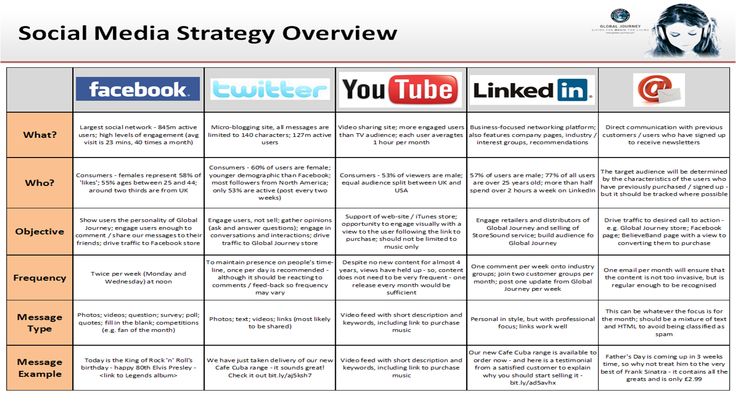 6% female user base. In the US, however, 77% of females use Facebook – compared to 61% of men.
6% female user base. In the US, however, 77% of females use Facebook – compared to 61% of men.
Since the platform’s launch in 2004, many younger generations have now grown up with Facebook. As the social network evolves with new tools, algorithms, and trends, so does the user base.
Right here, we take a look at the current demographics of the world’s biggest social media platform.
Facebook Age & Gender Demographics:
Women are the most frequent users of Facebook, with 77% of women versus 61% of men using the platform on desktop or mobile devices.
Millennials are on average the most popular age group of Facebook users:
- 70% of people aged 18-29
- 77% of people aged 30-49
- 73% of people aged 50-64
- 50% of people aged 65+
Facebook Education Demographics:
- 64% of people educated at high school or less
- 71% of people educated at the college level
- 73% of people educated at more than college level
Facebook Income Demographics:
- 70% of people earning less than $30,000
- 76% of people earning between $30,000 to $49,999
- 61% of people earning more than $75,000
Source: (Sproutsocial) (Pew Research)
Average Time Spent On Facebook Per Day
According to an eMarketer study of Americans aged 18+, the average time spent on Facebook per day is 33 minutes in 2021.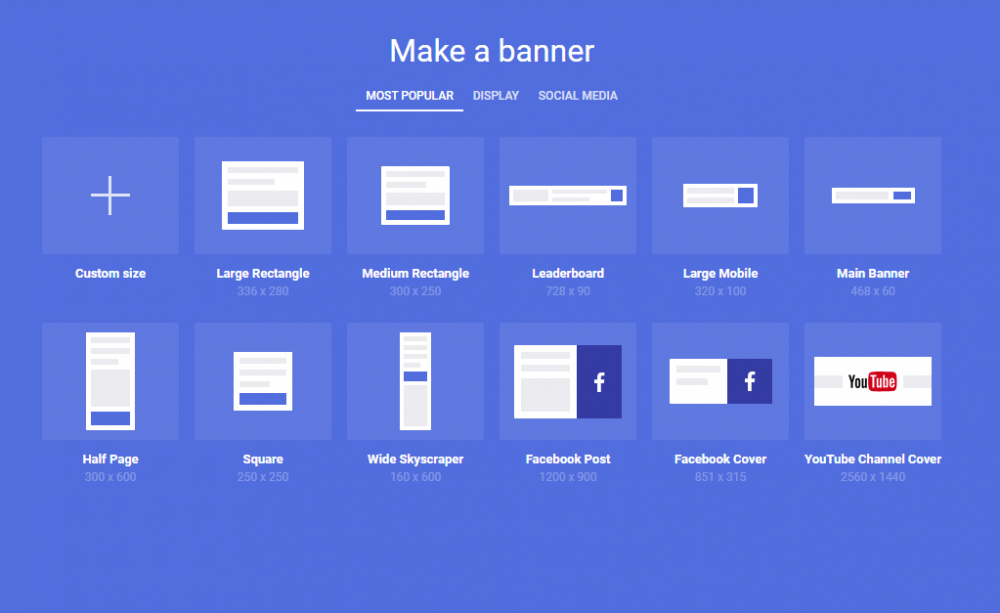 This is down 6 minutes from the 39 minutes in 2017.
This is down 6 minutes from the 39 minutes in 2017.
Key Statistics:
- The average time spent on Facebook per day is 33 minutes
- According to this data, the average Facebook user over the age of 18 will spend over 9 days a year on the platform
- In comparison, the average user spends 1 hour and 20 minutes per day on social media
- According to this data on all platforms, the average person over the age of 18 will spend over 19 days a year on social media
Source: (eMarketer)
So why is the world’s biggest social network seeing a decrease in the average time spent on Facebook each day?
One important factor to mention is that younger users are spending their time on other social platforms like TikTok and similar alternate digital experiences.
The company has made a concerted effort to influence its users’ engagement with the content they consider ‘meaningful.’ This means we’re seeing more posts from groups, family and friends, and less, which means less from mainstream media, brands, and businesses they follow.
The company knew this would result in a negative impact on platform time, but it restores some balance to how the user feels about the platform as a whole.
Despite these changes, Facebook is still king for the time spent on social media.
What Are The Highest Traffic Times On Facebook?
When digging into the numbers, the best traffic times on Facebook are weekdays between 9 am and 3 pm. This is where posts see the most engagement. Looking specifically at the highest traffic time, Wednesday is the best day, where you can target posts specifically at 11 am and 1 pm.
Key Statistics:
- Best times to post to Facebook: Wednesday at 9 am and 1 pm
- The Highest Facebook engagement times are weekdays from 10 am to 1 pm, generally posting at 9 am when people start work and then again at 11 am – 1 pm, where engagement is high
- The worst times to post to Facebook are Saturday and Sunday, especially if you’re posting after 8 pm or before 5 am as these times have the least engagement
- Lowest Facebook engagement times: Early mornings and evenings, before 5 am and after 9 pm have the least amount of engagement per day
Source: (Sproutsocial)
As I mentioned before, in 2019 Facebook changed its algorithm once again to make the news feed shows more ‘meaningful interactions,’ prioritizing friends, family, and groups over brands.
With these restrictions in place, as a brand, it’s more important than ever to consider posting at the right time to maximize your organic content exposure. You can measure this performance from the platform’s own analytics ‘Facebook Page Insights’ and make adjustments for your audience.
How Many Employees Does Facebook Have?
The latest records from Facebook’s investor report show the number of full-time employees is 63,404, and this is up 10,870 from mid-2019.
A massive increase from Mark Zuckerberg in his Harvard dorm room in 2003.
| Year | Number of employees |
|---|---|
| 2021 | 63,404 |
| 2020 | 52,534 |
| 2019 | 44,942 |
| 2018 | 35,587 |
| 2017 | 25,105 |
| 2016 | 17,048 |
| 2015 | 12,691 |
| 2014 | 9,199 |
| 2013 | 6,337 |
| 2012 | 4,619 |
| 2011 | 3,200 |
| 2010 | 2,127 |
| 2009 | 1,218 |
| 2008 | 850 |
| 2007 | 450 |
| 2006 | 150 |
| 2005 | 15 |
| 2004 | 7 |
Conclusion
That’s it for my roundup of Facebook’s usage statistics and social media domination facts.
As someone that focuses on traffic generation for a living, I was blown away to see Facebook’s monthly active users reaching over half the world’s active internet users.
Now I’d like to hear what stat shocked you the most?
What else would you like to see added to this roundup?
Jump in and leave a comment below.
10 Facebook Statistics You Need to Know in 2022 [New Data]
The use of Facebook has become part of our routine. We don’t even notice it anymore. We pick up our phones, or open up our laptops, and go straight to Facebook to see what’s going on. In fact, Facebook has entered our lives so effortlessly, that at this point it’s hard to imagine a life before Facebook. Whether it’s politics or our private lives, Facebook has made information sharing easier than it ever was before. I mean, how else would you connect with your friends? Or share your stories? Or know what events to go to? Or…there is so much more that we depend on Facebook for.
Undeniably, Facebook connects more people than any company ever has in the past. And, businesses know this too. The popularity of social media, and in particular that of Facebook has made brands rethink their marketing strategies and how they deal with customers. And now, millions of businesses around the world rely on Facebook to connect with people. That’s why it’s crucial that businesses, and precisely marketers stay ahead of Facebook trends in order to make the most out of their marketing efforts.
And, businesses know this too. The popularity of social media, and in particular that of Facebook has made brands rethink their marketing strategies and how they deal with customers. And now, millions of businesses around the world rely on Facebook to connect with people. That’s why it’s crucial that businesses, and precisely marketers stay ahead of Facebook trends in order to make the most out of their marketing efforts.
To get even more tips on how to open a Facebook shop, check out our Facebook shop guide for beginners. If you are already running ads, learn how to optimize your Facebook pixel, and increase your conversion rate.
Here’s a list of Facebook statistics that you need to know about in 2022:
Post Contents
- 1. How Many People Use Facebook?
- 2. Facebook – The King of Social Media
- 3. Facebook Advertising Revenue
- 4. Businesses Use Facebook Pages
- 5. How Many Americans Use Facebook?
- 6.
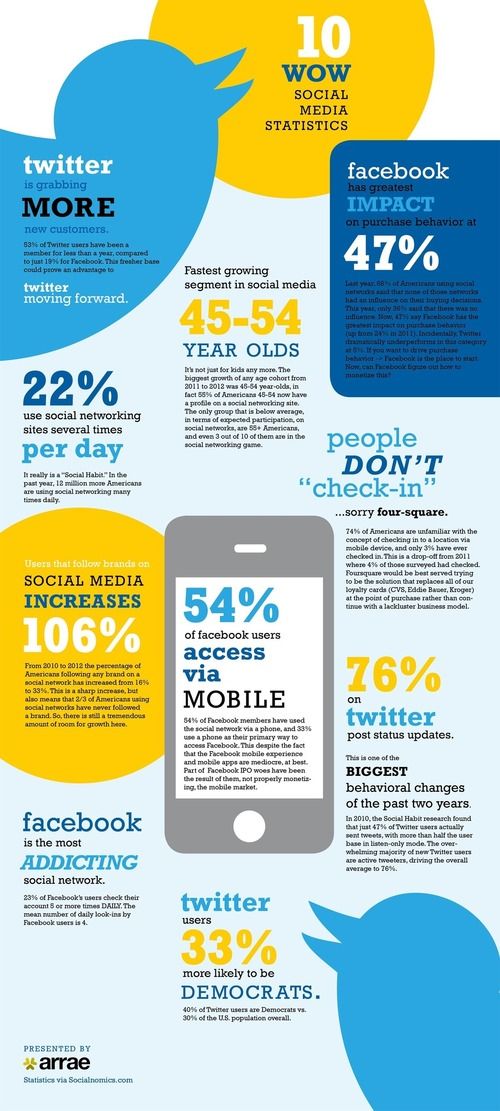 Young Adults Prefer to Use Facebook
Young Adults Prefer to Use Facebook - 7. Facebook Users Choose Mobile Over Desktop
- 8. Average Time Spent on Facebook
- 9. Marketers Love Using Facebook
- 10. Products Discovery via Facebook
- Conclusion
- Summary: Facebook Statistics
- Want to Learn More?
Start selling online now with Shopify
Start your free trial
1. How Many People Use Facebook?
Facebook has 2.94 billion monthly active users (Meta, 2022). If that number doesn’t blow you away, it also has 1.96 billion users that are visiting the social networking site on a daily basis. This means that users were visiting at least one of Facebook’s core products – which include Facebook, WhatsApp, Instagram, and Messenger.
Facebook first hit the one billion monthly active users mark in October 2012 and crossed the two billion active users mark almost five years later in June 2017.
Facebook has reached such a massive audience that it’s become impossible for marketers to ignore. And since so many Facebook users visit the site on a daily basis, it makes them a great potential audience for your digital marketing efforts.
Facebook’s mantra has always been about bringing the world closer together, and in the 18 years since its launch, it has not only achieved that, but it has exploded in popularity.
When it comes to social media, Facebook is the undefeated champion. Based on recent statistics, Facebook is the leading social platform, reaching 59.0 percent of social media users (eMarketer, 2020).
Since its creation, Facebook has ruled the world of social media, and it seems like there’s no stopping the giant. Though there are many strong competitors like Instagram, Snapchat, Twitter, and several others that are trying to compete, Facebook still stands strong among the competition.
Facebook has the most number of active users out of all the social media platforms and people spend hours a day scrolling through their Facebook feeds.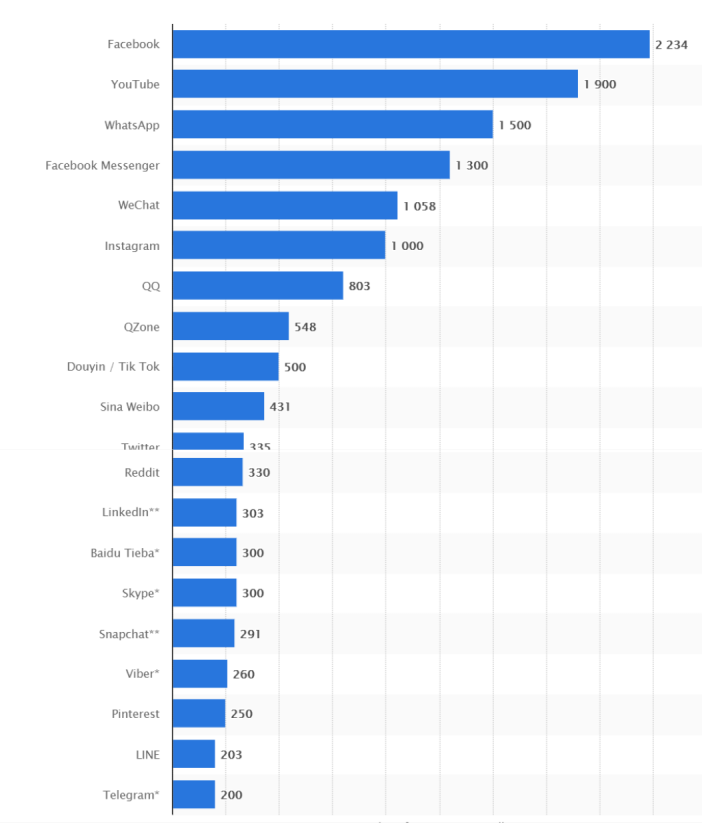 For many of them, Facebook isn’t just a social media platform, it’s a way of life.
For many of them, Facebook isn’t just a social media platform, it’s a way of life.
One of the reasons Facebook has been able to maintain its staggering growth is its ability to meet users’ needs. Over the years, Facebook has surpassed all expectations and has evolved to meet the needs of its growing user base.
Its willingness to adapt to the latest trends and changes is also why Facebook continues to reign as the market leader.
Here’s a guide to social media marketing that can teach you how to advertise using social media.
3. Facebook Advertising Revenue
With Facebook’s massive reach and popularity among marketers, it’s no wonder that the bulk of Facebook’s revenue comes from advertisements.
In the fourth quarter of 2020, the company brought in $27.2 billion in ad revenue (Facebook, 2021). That puts its average revenue per user at $10.14. Not only does its ad revenue make up nearly all (96.8 percent) of its $28.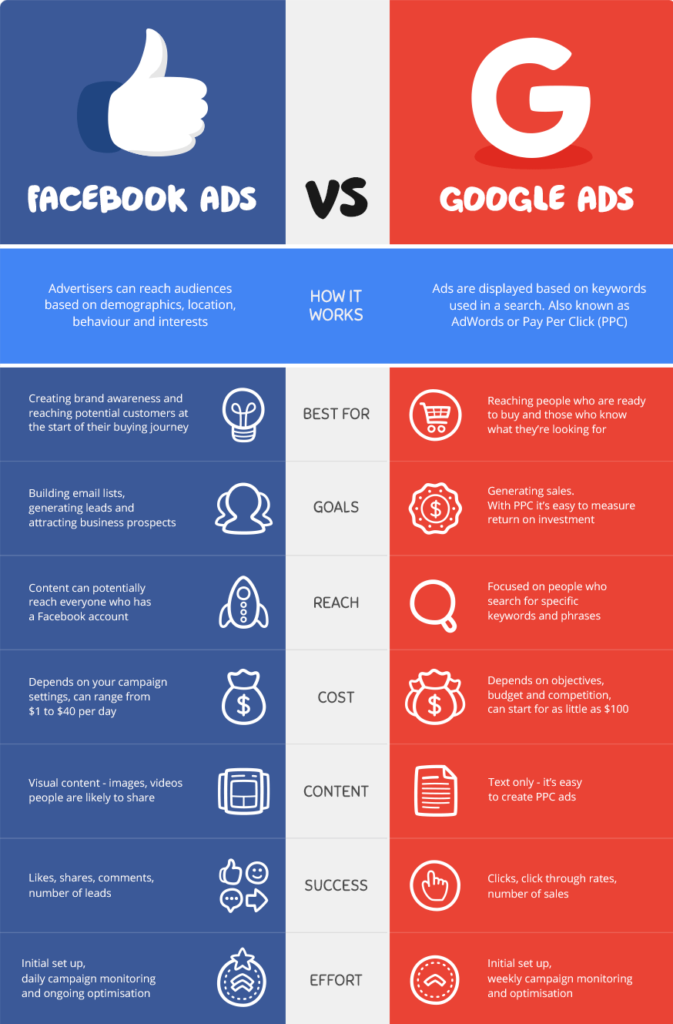 1 billion revenue for the entire quarter, it’s also a 31 percent year-over-year increase.
1 billion revenue for the entire quarter, it’s also a 31 percent year-over-year increase.
In fact, Facebook earned significantly more in ad revenues in 2020 than it did the previous year. Totaling $84.2 billion for the year, that’s 21 percent more than in 2019.
This is even more impressive considering Facebook experienced a “significant” fall in ad demands at end of the first quarter of 2020 as a result of the coronavirus pandemic. This was evident in the higher seasonal fall in ad revenue from the final quarter of the previous year to the first quarter of the following year.
For instance, Facebook’s 2020 first-quarter ad revenues fell 15.9 percent from the $20.7 billion generated in 2019’s fourth quarter. In comparison, 2019’s first-quarter ad revenues fell just 10.4 percent from the previous quarter.
4. Businesses Use Facebook
There are more than 200 million small businesses around the world using Facebook’s tools (Facebook, 2021).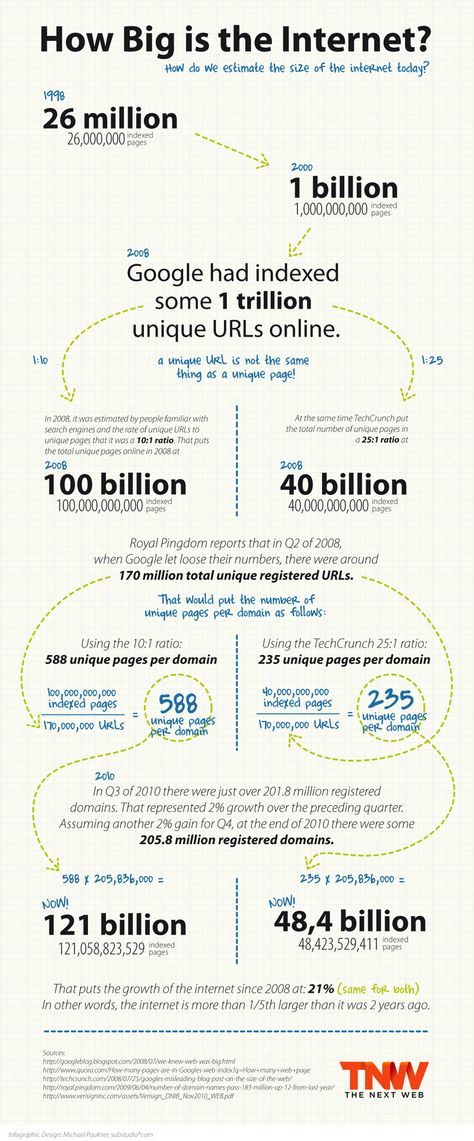
One of its most popular tools is the Facebook Page, where businesses can publish and share their business information like address, contact details, and a description of the products or services that they offer. With this, brands can greatly increase their online presence.
There are many benefits to using Facebook Pages. Through them, businesses can reach one of the world’s largest communities. They can also build an audience and connect with people who are interested in what they have to offer.
Customers can post questions to Facebook Pages, to which businesses can respond, which saves time and streamlines communication. In short, a Facebook Business Page is a free opportunity for your business to increase brand awareness and promote positive word-of-mouth.
If you’re looking to get started, here are 19 easy steps to setting up a killer Facebook Business Page.
5. How Many Americans Use Facebook?
Of the US population, 63. 7 percent of those aged 13 and above say they use Facebook (DataReportal, 2022). That’s an estimated 210 million Americans.
7 percent of those aged 13 and above say they use Facebook (DataReportal, 2022). That’s an estimated 210 million Americans.
Facebook continues to be the most popular social media platform among US consumers. To show how dominant Facebook is, the same survey shows that it’s used by 74.2 percent of all US consumers (around three in four). This is significantly more than the next non-Meta-owned entity on the list, TikTok, which is used by 42.4 percent of the US population. With this Facebook statistic, it’s safe to say that Facebook marketing is the way to go for brands whose main target audience is in the US.
Taking a closer look at Facebook’s user demographics in the US, we see that it’s more widely used by females than males. 54.8 percent of Facebook users there are female, compared to the 45.2 percent who are males.
Knowing the preferred social media platform of the US population can provide valuable information for marketers looking to target this market.
6.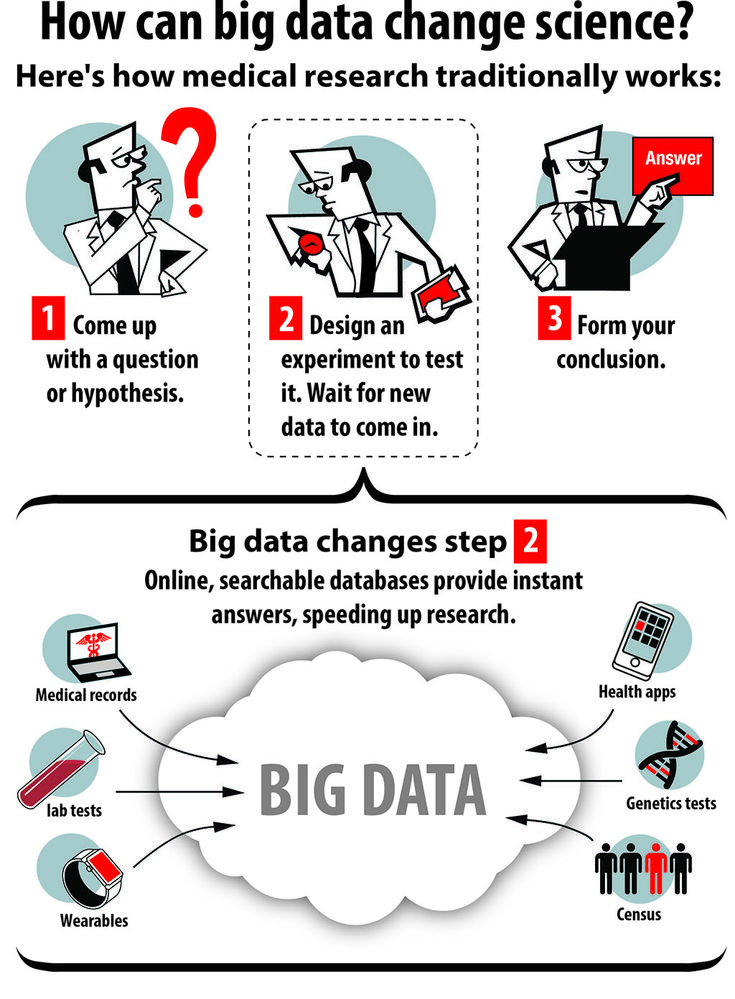 Young Adults Prefer to Use Facebook
Young Adults Prefer to Use Facebook
Contrary to popular belief, Facebook still remains the dominant social media platform for young adults. 58 percent of Facebook users are under the age of 35 (DataReportal, 2022), which means that they fall under the age demographic of Millennials and Generation Z.
Despite other social media platforms such as Snapchat and TikTok gaining popularity among young adults, Facebook still has the attention of Millennials and Gen Z. Understanding Facebook demographics helps to drive your brand’s online presence and guides you on how your business can benefit from marketing through the right channels.
Getting to know what platform your target market is using most of the time helps to determine which platform makes the most sense for your business to utilize. This brings you a step closer to improving engagement with your target audience instead of wasting your marketing efforts by promoting on platforms that your target audience isn’t active on.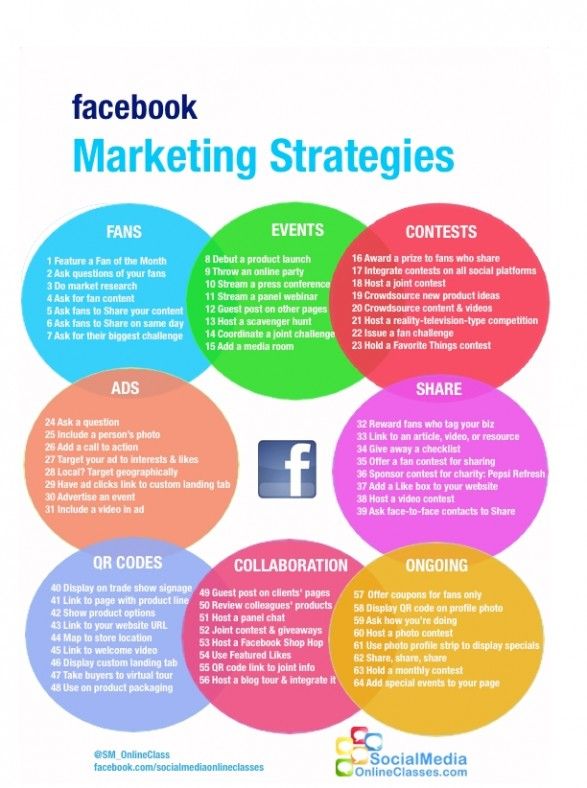
One of the reasons Facebook has become such a huge social network worldwide is its mobile accessibility. Unrestricted access through multiple mobile apps as well as its mobile website has given Facebook an edge over competitors without a mobile-first approach.
98.3 percent of Facebook users access the social media platform via their mobile devices (DataReportal, 2021). That means that only 1.7 percent of Facebook users log in exclusively on their desktops or laptops.
Due to Facebook’s reach on mobile devices, it comes as no surprise that it ranks as one of the most-downloaded apps worldwide. For instance, in the Google Play Store, Facebook Messenger, Messenger Lite, and Facebook frequently rank among the most popular apps.
This Facebook statistic also helps to emphasize how important it is to optimize your content for mobile devices. With user comfort becoming the primary goal, mobile accessibility is something that marketers can’t afford to ignore.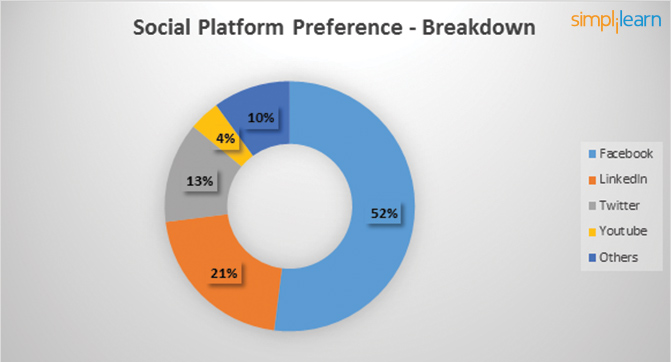
When it comes to time spent on Facebook, the latest Facebook statistics show that users spend an average of 19.5 hours on the social media app each month (DataReportal, 2021).
This means that, aside from being the most popular social media platform, it’s also the most popular social media mobile app. Whether it’s scrolling down a newsfeed while waiting in line to buy groceries, on the train to work, or that last scroll before bedtime, it’s clear that Facebook plays a significant role in consumers’ daily lives.
Compared to other big social apps, people spend almost the same amount of time on WhatsApp, at 19.4 hours per month. This is followed by Instagram, on which users spend 10.3 hours per month. Incidentally, WhatsApp and Instagram are also owned by Facebook.
For marketers, it’s important to understand the time spent on social media apps matters because the more time people spend on these apps, the higher their chances of being exposed to advertisements. This is also why it helps to know Facebook statistics like the best time to post on Facebook.
This is also why it helps to know Facebook statistics like the best time to post on Facebook.
From a user’s perspective, this Facebook statistic is interesting because Facebook launched a tool in 2018 that lets them track how long they’ve spent on Facebook. It also lets them set a time limit and receive an automated reminder when they exceed their allocated time.
9. Marketers Love Using Facebook
Being the biggest social media site out there, Facebook gets its fair share of attention from marketers as well. For instance in the US 86 percent of marketers are using Facebook for advertising (Emarketer, 2018).
Regardless of the size of your business, Facebook is a great place to start your social media marketing efforts. Almost all types of content works well when it comes to sharing on Facebook, which makes it easy to get started on. Through Facebook not only do marketers reach out to their target audience, but they can also use the social media platform to interact with their customers and enhance their relationship with them. Facebook advertising also helps marketers use the information they have to refine their strategies and target their audience in a more cost and time-efficient manner. Check out this Facebook ads for beginners video to learn more.
Facebook advertising also helps marketers use the information they have to refine their strategies and target their audience in a more cost and time-efficient manner. Check out this Facebook ads for beginners video to learn more.
Facebook is connecting people to brands and products. In fact, 78 percent of American consumers have discovered retail products to buy via Facebook (Kleiner Perkins, 2018). The survey suggests that more than half of the people have used Facebook to actively look for products, with the majority of them discovering new products on Facebook’s News Feed, Pages, and Groups.
Facebook is becoming increasingly important as a discovery platform. Users don’t just spend time on the platform to get in touch with others, or to share more about their lives, but also to browse, research, and find inspiration. This information can also be of value to marketers, in order to help them improve the customer journey. Understanding what the customer is looking for can lead to marketers making it easier for people to discover products on mobile and as a result businesses driving more sales.
Understanding what the customer is looking for can lead to marketers making it easier for people to discover products on mobile and as a result businesses driving more sales.
That’s a wrap for the top ten Facebook statistics for 2022. It’s safe to say that in this day and age your audience is using Facebook, and your competitors are too. In order to stay on top of trends, you need to make sure that your Facebook strategy is up-to-date. Especially with the use of Facebook evolving over the years, it’s important for marketers to step up their game in light of these Facebook statistics for 2022. If done right, Facebook can be a game-changer for you and your business.
Here’s a summary of the Facebook statistics you need to know in 2022:
- 2.94 billion monthly active users use Facebook. It also has 1.96 billion users that are visiting the social networking site on a daily basis.
- Facebook is the leading social media platform, reaching 59.
 0 percent of social media users.
0 percent of social media users. - Facebook brought in $27.2 billion in ad revenue in Q4 2020.
- More than 200 million small businesses around the world use Facebook’s tools.
- 63.7 percent of the US population aged 13+ use Facebook.
- 58 percent of Facebook users are under the age of 35.
- 98.3 percent of Facebook users access the social media platform via mobile phones.
- Facebook users spend 19.5 hours per month using the Facebook app.
- 86 percent of US marketers are using Facebook for advertising.
- 78 percent of American consumers have discovered retail products to buy via Facebook.
Start selling online now with Shopify
Start your free trial
Want to Learn More?
- Best Web Hosting For Your Small Business
- Best Free Logo Maker: 17+ Tools and Apps for Logo Design
- 10 Best Customer Retention Strategies
- How to Make Money on YouTube: 5 Top Tips
Is there anything else you’d like to know about Facebook statistics and wish was included in this article? Let us know in the comments below!
Series "Kik Review" How to create a website for 100 billion! How big is Facebook
Select a convenient viewing option and quality
suitable for your screen
| Video not available in your region |
| Channel not available more details | nine0011
| There are problems playing this video. |
| Channel not available more details |
- Description nine0040
- 8 reviews
2016, Educational, Blogger, Russia
This channel was created by those who love technology. Here you can find reviews of the coolest new products from the world of phones, iPads and other gadgets.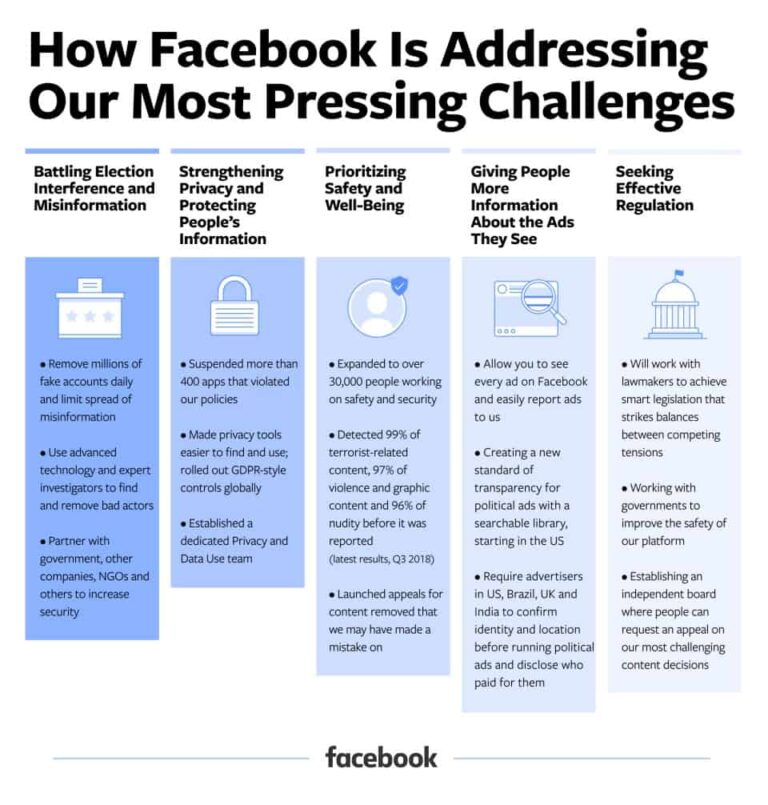 Are you already aware of the water-cooled version of the iPhone? Or about the release of the slidephone, a revolutionary new technology? Would you like to learn everything about the invisible electric copter or get acquainted with the new development of Elon Max - unique brain implants? Join and enjoy! nine0004
Are you already aware of the water-cooled version of the iPhone? Or about the release of the slidephone, a revolutionary new technology? Would you like to learn everything about the invisible electric copter or get acquainted with the new development of Elon Max - unique brain implants? Join and enjoy! nine0004
The Kik Review channel is a video blog about technology and everything related to it. It began its existence in December 2014 and already has about a million subscribers. The content is divided into a number of playlists: iOS Android, where you can see how to extend the shelf life of your favorite gadget and basic tricks for easier use, Don't #Digest - videos about failed projects of the world's greatest corporations, there is an Elon Musk playlist that includes his life path, the best developments and brilliant ideas. nine0004
Noteworthy is the Gadget Reviews section, it tells not only about smartphones and TVs, but also about robotic vacuum cleaners, smart watches, set-top boxes and other novelties. And in the subsection of the channel Now you know there are biographies of famous people.
And in the subsection of the channel Now you know there are biographies of famous people.
This channel was created by people who love technology. Here you can find reviews of the coolest new products from the world of phones, iPads and other gadgets. Are you already aware of the water-cooled version of the iPhone? Or about the release of the slidephone, a revolutionary new technology? And would you like to know everything about the stealth electric copter or get acquainted with the new development of Elon Max - unique mo
Hide More
Available on units
- iOS
-
Android
- nine0002 Smart TV
-
Consoles
-
Attachments
Translation
EnglishFacebook scandal: money doesn't smell?
- Mikhail Smotryaev
- BBC Russian Service
Image copyright Reuters
The founders of Facebook dreamed (or at least pretended) to settle millions and millions of users in a virtual "global" village.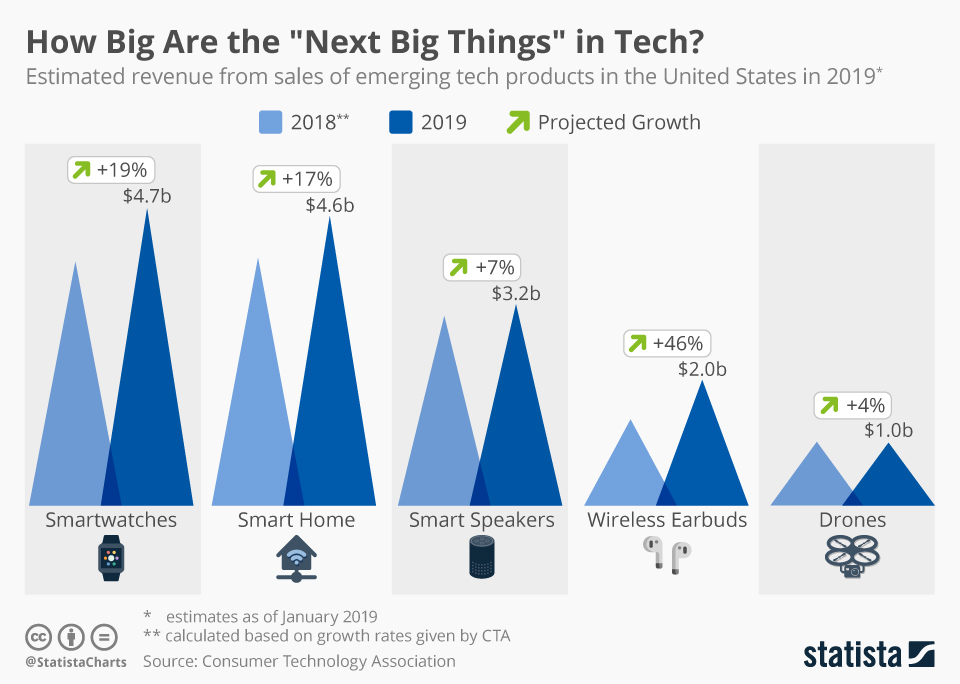 These hopes did not come true, and idealistic ideas gave way to business interests.0103
These hopes did not come true, and idealistic ideas gave way to business interests.0103
Almost two billion people use the social network, and it would be naive to think that all of them, figuratively speaking, visit each other.
- Facebook and Cambridge Analytica scandal. What do we know? social circle in real life - it is not too large and, as a rule, consists of like-minded people. nine0004
Continuing the comparison, we can say that, even with access to the whole world, the average social network user does not go beyond the boundaries of his yard, at best, his street.
"Facebook is not one big social network," says Tom Van Laer, who teaches in the Department of Marketing at the University of London. "Facebook is actually made up of thousands if not millions of small social networks, and they are like tribal communities, or if you like , to the villages.
Within these bubbles certain points of view on a wide variety of issues are ripening, and they can be predicted quite accurately based on the personalities of the people living in these "villages" - simply because they tend to be quite similar to each other.
 nine0004
nine0004 How is it that we ourselves, quite voluntarily, share information about ourselves with social networks without thinking about the consequences, and allow social networks to predict our reactions and use it to their advantage?
Facebook knows everything
By comparing the results of several tests you have passed and other network activity, the social network gets a pretty accurate picture of your person, says Dr. Tom Van Laer, who teaches at the Department of Marketing at the University of London. nine0004
The resulting "social profile" makes it possible to quite accurately predict the behavior of its owner in a given situation. Facebook went further and began to correlate the behavior of people on the network with their habits of liking and pressing buttons, commenting on certain messages.
As a result, Facebook gained the ability to predict the behavior of its patients with acceptable accuracy.
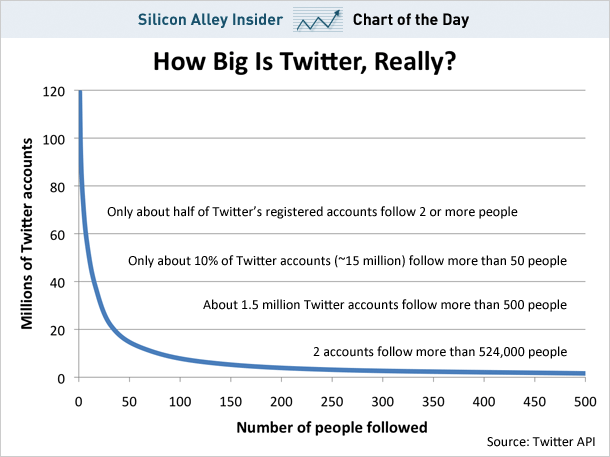
Image copyright, iStock
Image caption,The "global village" didn't work - social media users rarely leave their homes...
Perhaps the most important reason is that in our subconscious it is perceived as a deal. We trade information about ourselves for the conveniences that social networks provide in everyday life, and by default we assume that this information is worth less than what social networks provide in return - pleasure, a sense of belonging, friendship (in its modern sense).
Actually, this, among other things, explains the current scandal: people suddenly realized how valuable information that costs them personally a few clicks here and there, and were indignant: how is it that we were robbed! nine0004
- How to find out what Facebook knows about you
The second reason is the device of social networks. They were originally designed to be addictive and addictive.
 To the point that, according to one of the developers of Facebook, updating the news feed on mobile when you pull the screen down is biomechanically copied from the handle of slot machines in Las Vegas.
To the point that, according to one of the developers of Facebook, updating the news feed on mobile when you pull the screen down is biomechanically copied from the handle of slot machines in Las Vegas. The general dependence of users on social networks was hardly intended by their creators from the very beginning: the main thing was the number of users, since it was the size of the potential audience that attracted advertisers. Well, the fact that it turned out to be possible to sell them not only goods and services, but also points of view is a nice bonus, and it’s a sin not to use it. nine0004
From neutrals to extremists
The business model of any social network is based on advertising. The more people see it, the more valuable the platform for advertisers and the more they will pay for the right to place their ads there.
Therefore, the task of the social network is to retain its users (ideally, to constantly increase their number), emphasizes Tom Van Laer.
 Sociologists have found that it's easier to keep a bubble's attention by offering it a slightly more extreme point of view or belief system than what already exists within it. nine0004
Sociologists have found that it's easier to keep a bubble's attention by offering it a slightly more extreme point of view or belief system than what already exists within it. nine0004 This is clearly seen in the example of political beliefs. Over the past 10 years, many of these bubbles, previously dominated by centrist beliefs, have drifted farther from the "center" and from each other. And in recent elections, more and more citizens are beginning to vote for more radical parties and decisions. The recent successes of far-right parties in Europe are evidence of this.
- Facebook: 126 million Americans saw Russian political ads
That is, in principle, given resources, skills and enough time, any neutral bubble can be turned into a gathering of extremists of any orientation. But subject to one condition: the manipulator should not limit himself to reality. Simply put, use what today is called "fake news".
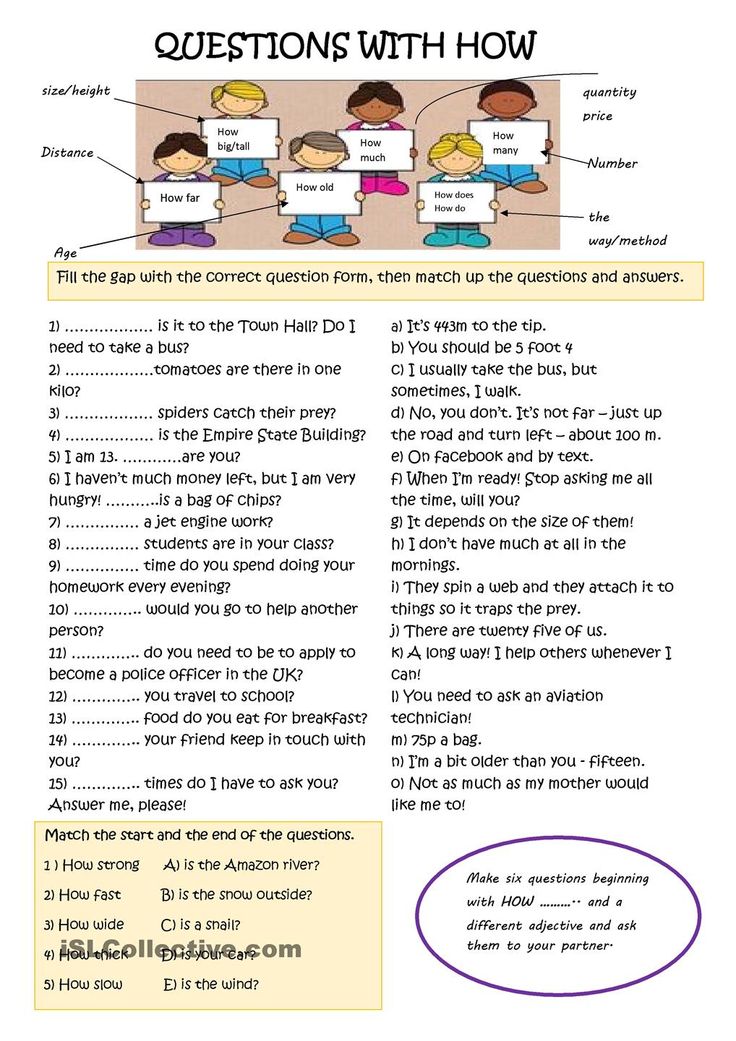 nine0004
nine0004 "This is necessary if you want to direct the user's train of thought in a more radical direction," says Tom Van Laer. At some point, real facts are not enough to maintain the required degree of radicalism, and they have to be invented.
The fight against fake news
There is a lot of talk today about the need to fight fake news. Moreover, both at the level of social networks, which are their main generators and distributors, and states: for example, in Malaysia, a bill on fake news has just been submitted for consideration by legislators, the authors of which are proposed to be given up to 10 years in prison. nine0004
But even if we manage to recognize a "fake", this does not mean that it does not affect our value system in any way. Just like a movie and a TV show, which we choose based on our preferences: we are sure that we will not be deceived, that this is just a picture on the screen, but our beliefs, our picture of the world after watching it subtly changes.
 Almost imperceptibly - but after all, we watch TV almost daily...
Almost imperceptibly - but after all, we watch TV almost daily... - Why did the Facebook experiment cause a panic in the media? nine0040
- Facebook will determine the reliability of news sources through a survey
Sociologists today are developing "lie detectors" for social networks. They are designed not to check posts for authenticity - after all, the average user craves not authenticity, but entertainment - but to find out if this unreliability is malicious intent and an attempt to manipulate the user.
The degree of persistence of a particular message is also a good indicator that they are trying to manipulate you. Algorithms capable of grading this persistence already exist and are being developed. "Let the user who is fed fake news or politically charged posts at least know what it is," says Tom Van Laer. nine0004
Image copyright iStock
Image captionFacebook is always with you!
Analysts believe that the problems that the world of social networks is facing today can be partly resolved by agreement within the industry itself.

Some regulator, these optimists think, will be able to control how Facebook and others filter the news that passes through them, as well as how the networks themselves and the developers working with them use huge arrays of user data. nine0004
There are two obstacles here, however.
Money doesn't smell?
The first and, perhaps, the most important thing is the fact that any social network today is far from the ideals that inspired its creators. All these "global villages", "improvement of the world" and other idealistic constructions have given way to business. The social network today is a machine for the production of money.
"The business model of Facebook, like Google and many others, is based on constant commercial surveillance," said David Martin, senior lawyer at the European Consumer Protection Bureau. nine0004
- Facebook: monetization of human loneliness?
- Bots invented their own language: why is Facebook afraid of artificial intelligence?
Skip the Podcast and continue reading.
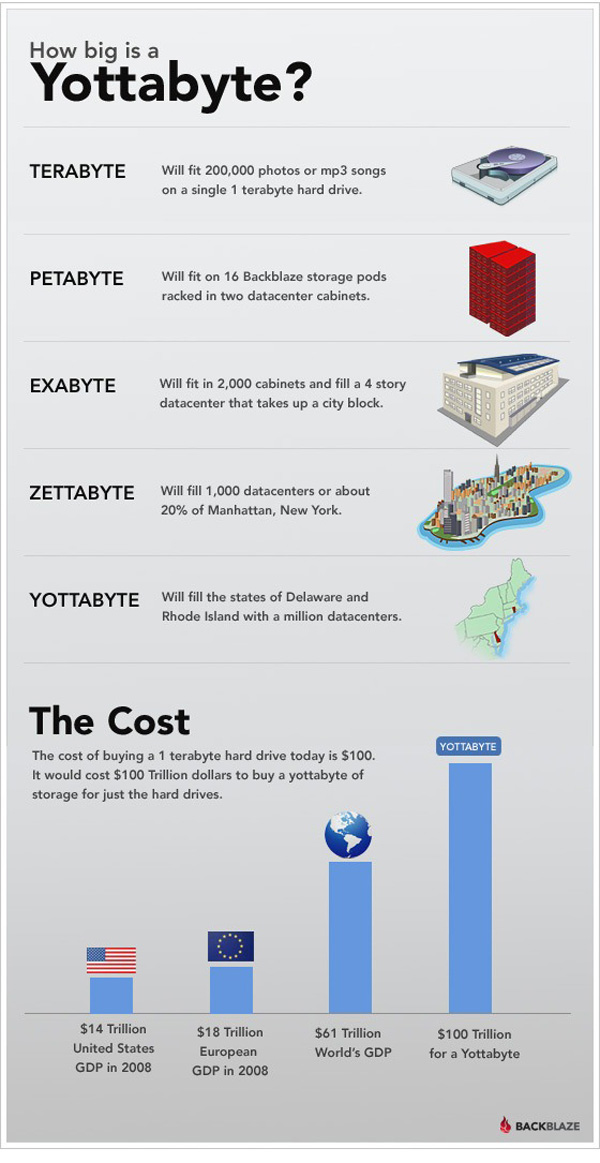
Podcast
What was that?
We quickly, simply and clearly explain what happened, why it's important and what's next.
episodes
The End of the Story Podcast
It's no coincidence that there has been no mass exit from Facebook since the beginning of the current scandal (despite some rather loud calls), but the company's capitalization has fallen by $ 60 billion in the same time. nine0004
Mark Zuckerberg was silent for almost a week, but when he did appear on camera, his statement was, according to Richard Waters of the Financial Times, a textbook example of how a technology company should respond to calls for more control from the outside: "First, Admit that you failed users' trust - without going into details of how exactly - Point out that the problems are historical and you have already changed your policy to deal with them - Then promise additional protection of privacy - but do nothing which could affect a business model that relies on the collection and use of huge amounts of personal data.
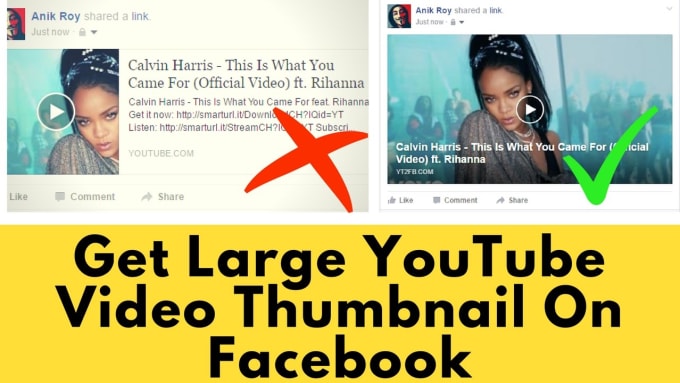 " nine0004
" nine0004 According to many analysts, the head of Facebook reassured investors. Ben Schachter of the Macquarie Securities think tank says: "We were worried that Facebook, under Zuckerberg, might take more drastic steps than before to limit the use of audience segmentation, targeted ads, data sharing and other privacy issues that could would reduce the monetization of data held by Facebook."
You can't say better. It turns out that the main thing is Facebook's compliance with current regulations, but in such a way that its business model does not change. And the business model, as we remember, is to know everything about its almost two billion users, so that advertisers do not waste time trying to "carry coal to Newcastle." nine0004
Of course, the trust of users is critical, businessmen never tire of emphasizing. Naturally, it is important - there will be no users, there will be no target audience for advertising.
Image copyright, iStock
Image caption,The business model for most social networks looks something like this
According to David Kirkpatrick, author of The Facebook Effect, the company has clearly prioritized future profits.
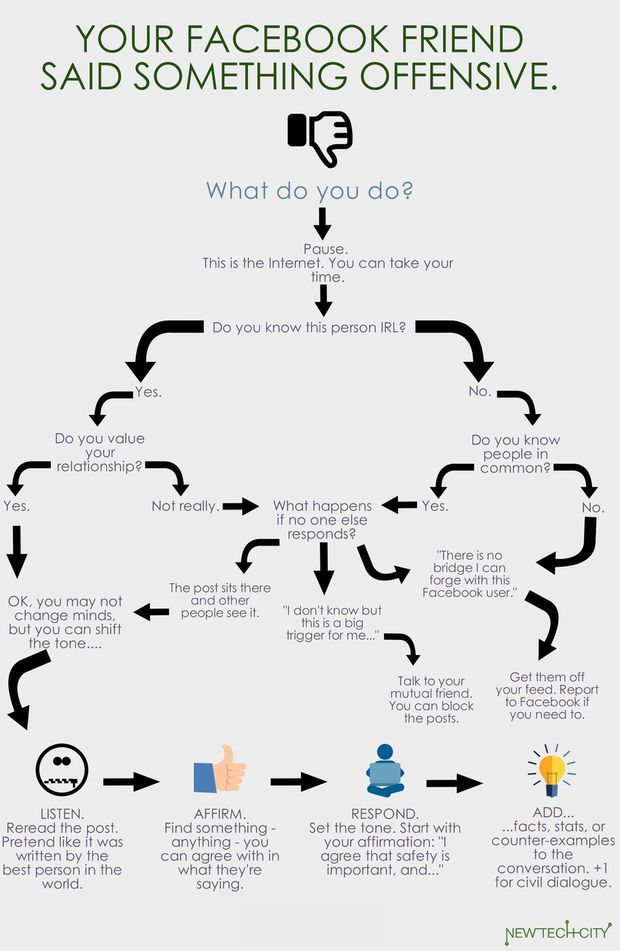 Keith Loss, former speechwriter for Zuckerberg and author of Boy Kings: A Journey to the Heart of the Social Network, says the same thing. She recalls that in 2007, when Facebook decided to open its codes to third-party developers, Zuckerberg was excited, but mostly because of the business and technology opportunities that this collaboration opened up. nine0004
Keith Loss, former speechwriter for Zuckerberg and author of Boy Kings: A Journey to the Heart of the Social Network, says the same thing. She recalls that in 2007, when Facebook decided to open its codes to third-party developers, Zuckerberg was excited, but mostly because of the business and technology opportunities that this collaboration opened up. nine0004 Of course, it's easy now to blame Facebook's leadership for not paying enough attention to protecting private data - but it's also easy to assume that in 2007 the future opportunities for monetizing this data were far from obvious.
Government regulation
There is an opinion that Facebook will get off relatively easy, at least in the US, where the desire of the state to intervene in protecting the privacy of citizens is not obvious. Richard Waters recalls that seven years ago the Federal Trade Commission already punished the company after the previous scandal with user data, but after that it seemed to have forgotten about its existence.
 nine0004
nine0004 In Europe, the situation is slightly better: in May, the General Data Protection Regulation (GDPR) comes into force, which is mandatory for all companies operating in the EU. It expands the concept of personal data, introduces the concept of "cross-border data transfer", introduces the "right to be forgotten", the user will now have to confirm that he allows third-party applications to collect data about him.
- British press: Facebook's secret rules exposed
- EU fines Facebook for cheating when buying WhatsApp
The EU is also discussing the idea of new privacy regulations that would significantly limit the ability of Facebook and others to track our online lives.
All this can significantly complicate the life of social networks. Mark Zuckerberg's personal fortune has already undergone noticeable changes, and if this continues, Facebook's capitalization, which recently threatened to break through the sky, may well break through the bottom: such things happen in the market.
